On June 22, 2025, university student volunteers from ASEZ (Save the Earth from A to Z) carried out a large-scale environmental cleanup around Lake Victoria in Homa Bay County, Kenya. The event was part of ASEZ’s global Blue Carbon Movement under the theme: “Act, Be United, Communicate, There Is Still Hope.”
Focusing on protecting the fragile ecosystem of the lake which is the largest lake in Africa, ASEZ members collected waste around the water bus terminal and lakeside area, drawing attention from local residents and passersby. This time, only 22 bags of waste were collected—half the amount gathered during the previous activity—indicating growing public awareness and behavioral change.
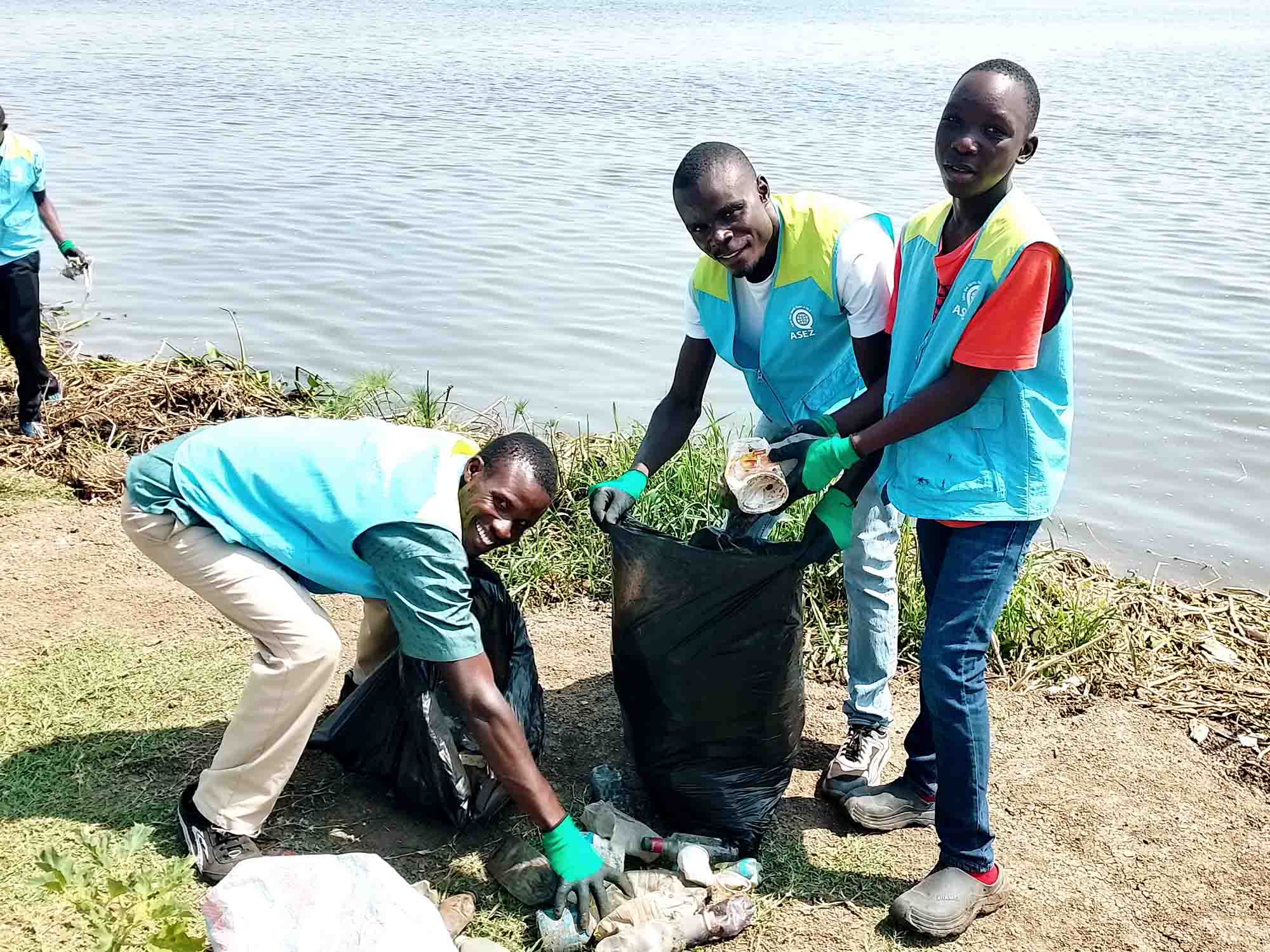
Lake Victoria is the largest lake in Africa and the second-largest freshwater lake in the world. It spans three countries, Kenya, Uganda, and Tanzania, and supports the livelihoods of approximately 40 million people who rely on it for drinking water, fishing, agriculture, and daily sustenance. However, the lake’s ecosystem is under serious threat due to reckless waste dumping, sewage pollution, plastic debris, and the destruction of submerged forests. Water quality degradation and the loss of aquatic biodiversity have become critical issues. In particular, the accumulation of plastics and organic matter in the lake promotes algal blooms, which directly lead to the depletion of fishery resources and pose a severe blow to the local economy.
One fish vendor humorously remarked, “Now we can get cleaner and more preserved fish from the lake!” Dr. Stacy Obiero, the Homa Bay County Director for Environment and Climate Action, who officially permitted the use of the county government logo to show active support for the movement, emphasized as follows:
“Homa Bay County holds about 80% of Kenya’s share of Lake Victoria’s shoreline. This means we must take the lead in preserving and conserving the marine ecosystem. A light is shining down on us—it has caused our administration to shift focus toward becoming a ‘Blue Economy1 County.’ ”
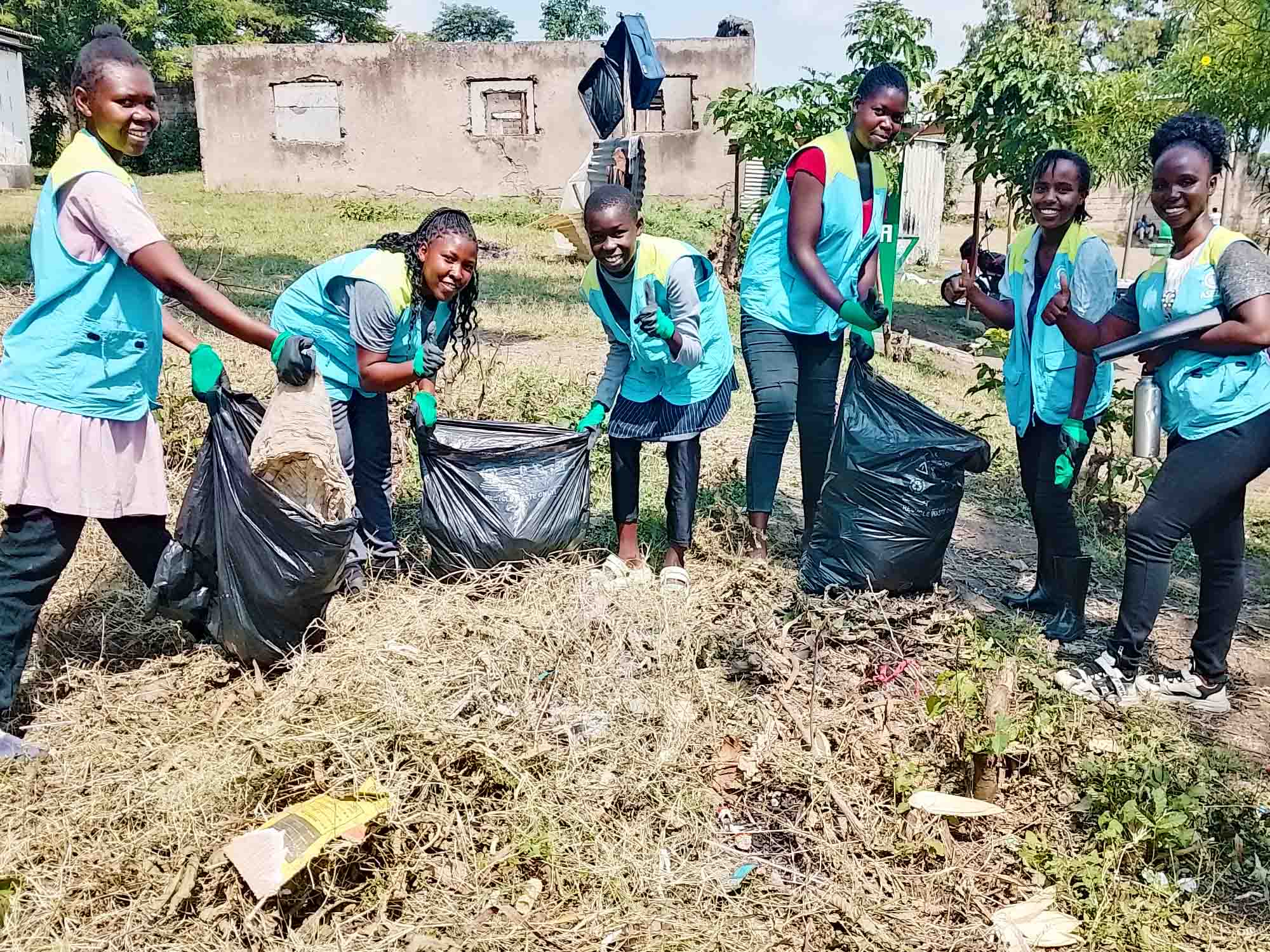
She also noted that late May saw the historic Blue Economy Summit hosted at Tom Mboya University, attended by the Presidents of Kenya and Rwanda, former Prime Minister Raila Odinga, cabinet secretaries, governors, and other dignitaries. “Tom Mboya University is soon to be established as a Center of Excellence in Blue Economy and Maritime Affairs.”
ASEZ member Regina reflected on the impact of the movement:
“Many people still dispose of waste, including hazardous materials, into the lake without realizing the harm it causes to marine and human life. This kind of awareness activity is essential. I’m proud to be part of ASEZ, and I believe more people who witnessed our efforts will soon take action themselves.”
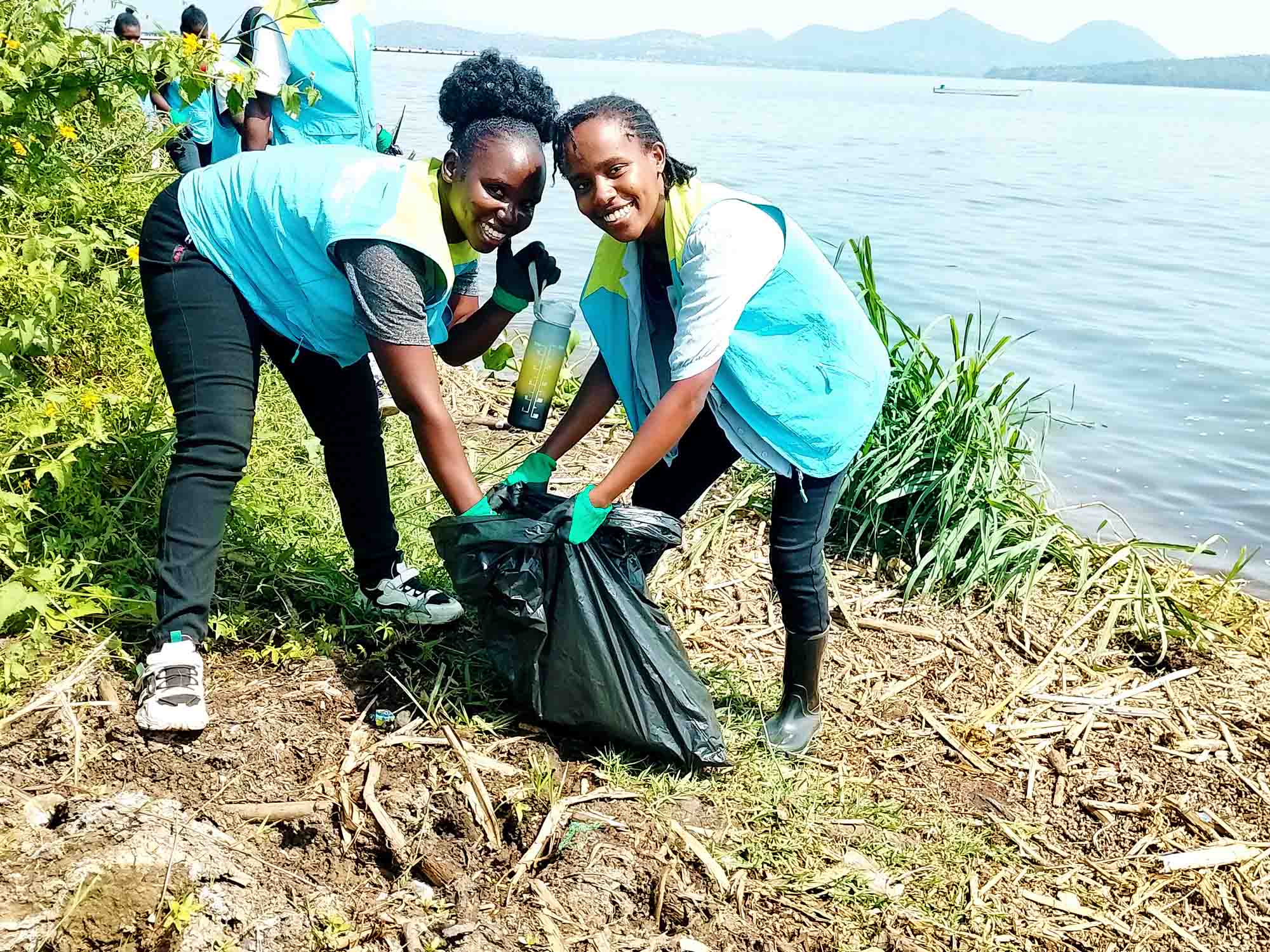
Philip, a visitor from the neighboring town of Ndiwa, highlighted the significance of the event:
“Fish farming had been banned here due to sanitation issues. This kind of work is vital for restoring our ecosystem and reviving livelihoods.”
ASEZ believes that the message of “cooperation” and “hope” has deeply resonated within the local community. As these activities continue, the collaboration with the community grows stronger, and the hope for a sustainable future, not only for Lake Victoria but beyond, continues to expand.
ASEZ will continue to work closely with the local community to promote sustainable environmental protection, striving to ensure that everyone can enjoy a cleaner and healthier future. Beyond a simple cleanup effort, this activity has sparked meaningful change by shifting public awareness and fostering practical cooperation with local governments.
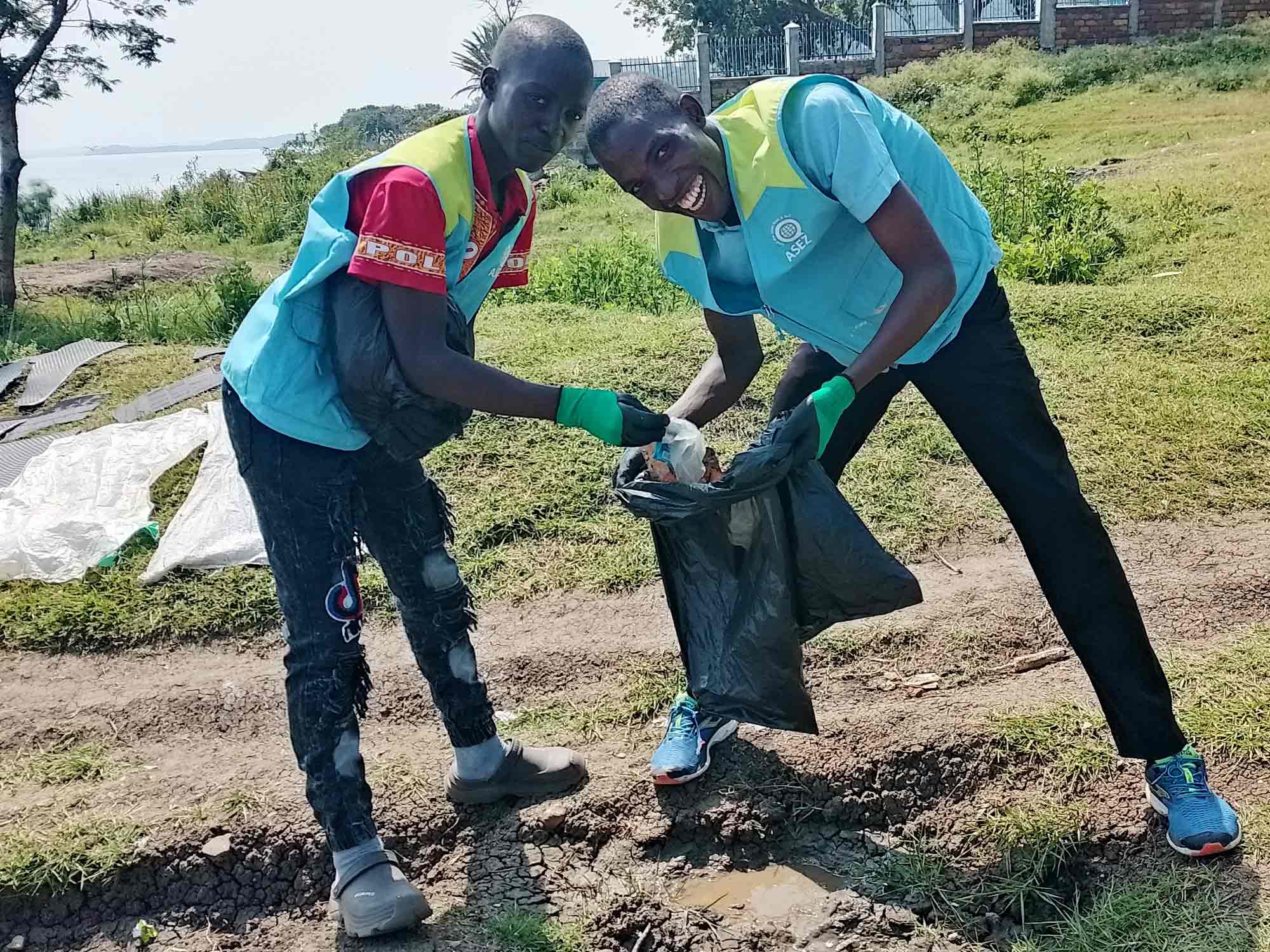
By putting the concept of the blue economy into practice on the ground, ASEZ is establishing itself not merely as a group of volunteers, but as a youth-led force shaping environmental policy and contributing to regional development. Moving forward, ASEZ plans to strengthen its collaboration with local residents, county governments, and educational institutions through environmental education programs, policy proposals, and regular cleanup activities. Starting from Homa Bay, the goal is to expand this youth-led, internationally connected environmental protection movement across Kenya and beyond.
What began as a small act of service has now become a catalyst for transforming the community. Young people have shown that they can move governments, shift public awareness, and lay the foundation for a better planet. As long as ASEZ’s efforts continue, there is undoubtedly hope for our environment.
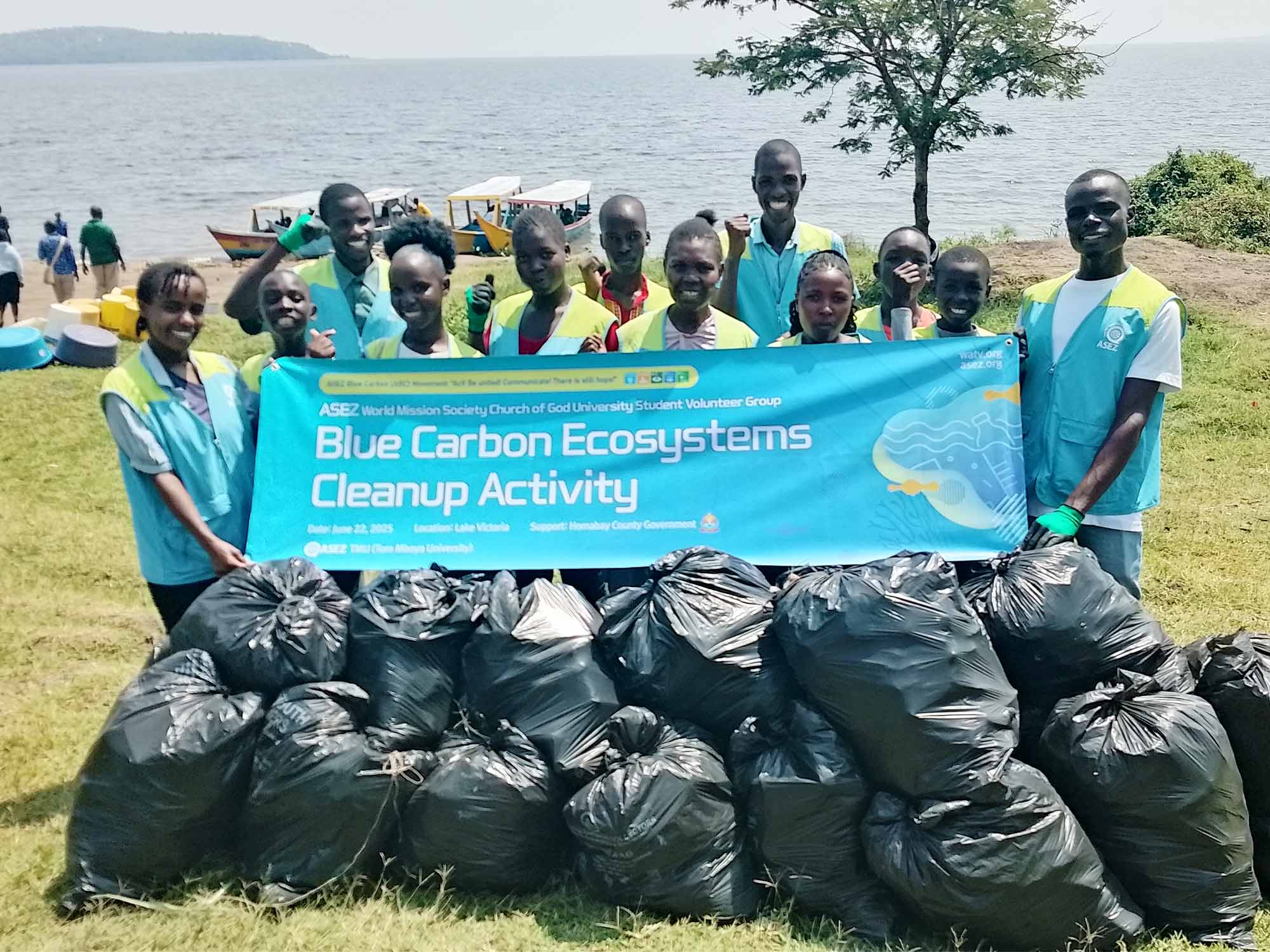
- The “Blue Economy” is a concept officially introduced at the 2012 UN Summit.
It refers to a strategy that seeks economic growth and social well-being by utilizing marine and water resources in a sustainable manner that does not harm the ecosystem. ↩︎